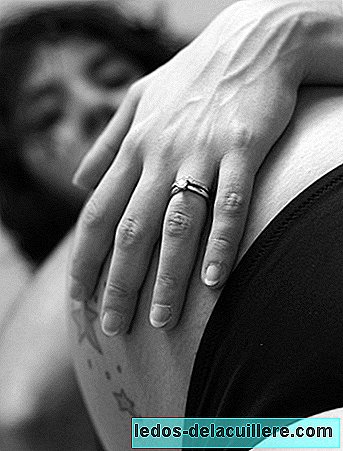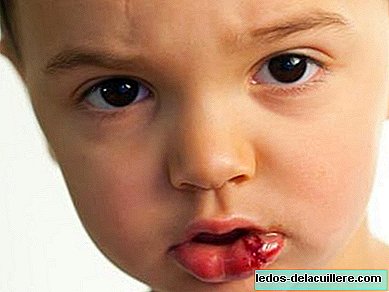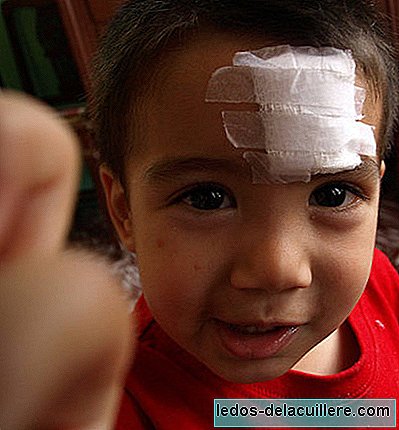
Today, February 6, the World Day against Female Genital Mutilation. We immediately think of child ablation, an atrocity before which we all put our hands to our heads, because it really is a horror that cannot be believed to continue to exist.
On the other hand, an accepted practice in childbirth care such as episiotomy does not cause the same reaction. Of course, it is not at all comparable to ablation, at all, but the question is: Could episiotomy be considered a genital mutilation?
What does WHO say?
According to WHO,
"Female genital mutilation (FGM) includes all procedures consisting of partial or total resection of the female external genitalia, as well as other lesions of the female genital organs for non-medical reasons."
And adds:
“In most cases it is performed by traditional circumcisers who usually have other important functions in their communities, such as childbirth assistance. However, it is increasingly common to be carried out by health care providers. ”
For its part, WHO notes that episiotomy as a preventive technique to prevent tears is contraindicated and recognizes as acceptable an episiotomy rate of between 10% and 20%.
However, we observe that in Europe these rates are widely exceeded in most countries, with Spain at the top with 80 percent of cases. Surely all these women did not need an episiotomy to help them give birth.
What is episiotomy?
The episiotomy is a surgical cut or incision that is made in the woman's perineum area, with which it is possible to expand the birth canal in the outermost area to get the baby out earlier.
There are different types of episiotomy, depending on the way in which the cut is made: medial, lateral or mediolateral, the most used for being away from the rectum and having a lower risk of tearing.
This intervention is practiced systematically, in many cases unnecessarily, without solid evidence to protect the perineum. It is also associated with an increased risk of HIV transmission, trauma and perineal tears and dyspareunia.
It is believed that it prevents tears, that a clean cut is preferable to a tear, but the truth is that there is no scientific evidence to support it. In this complete report made by episiotomy.info you can find interesting conclusions from scientific studies on tears and episiotomy.
The cut is supposedly done to prevent tearing or facilitating the exit of the head when in fact there are other practices that can be done to help soften and improve the elasticity of the perineum and thus avoid tears and episiomoties, such as for women to perform massages. During the last weeks of gestation, place hot compresses during the second stage of labor and protect the perineal area manually, controlling the exit of the baby's head.
Remember that it is not a harmless cut That helps at that moment and you forget. Episiotomy can have lifelong consequences in women, both physical and psychological. There are women who have required subsequent operations to rebuild the perineum, women who end up with the shattered pelvic floor and have serious problems to resume their sexual life.
Is episiotomy a female genital mutilation?
Having suffered a unnecessary episiotomy in my first birth, and although you can say that "I've been lucky" since according to the doctor it was "a short of nothing" (I don't want to imagine what a normal cut will be) I've had a hard time and I really hope it is a practice that stops being used. In my other two births, one of my fears was to go through the same thing again, but the massages with rosehip were hand of saint.
It's hard to think about mutilation, because it sounds strong, because they have done it to us with anesthesia, in a first world operating room, telling us that it is for the sake of our baby, and not in an African community, let us know what instrument, with a bare shout and covering our eyes
Today more than ever is a good day to reflect on it. What do you think, Can episiotomy be considered as genital mutilation?












